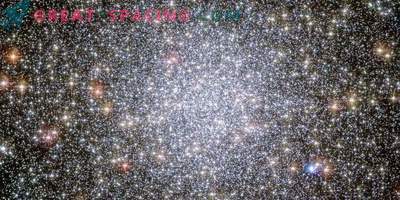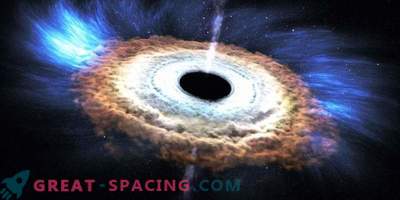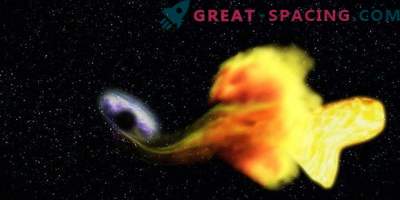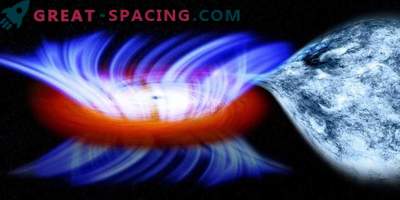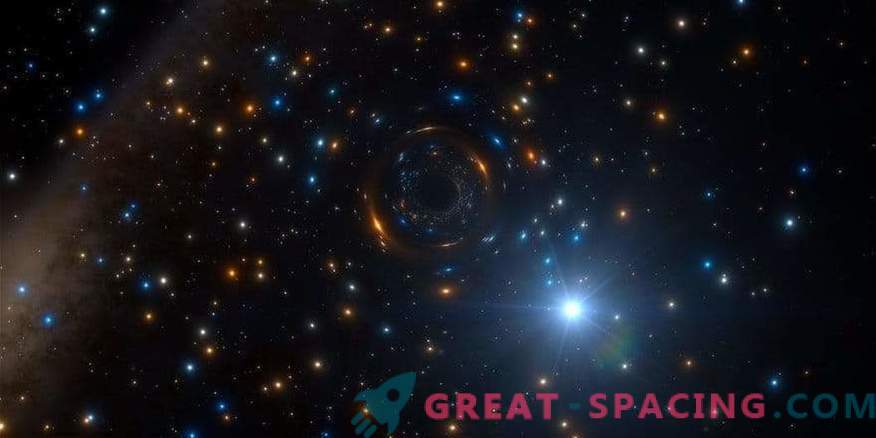
Using MUSE on the Very Large Telescope, scientists found a star in the cluster of NGC 3201, whose behavior seems strange. It looks as if it makes revolutions around a black hole with a massiveness of 4 solar. This discovery will affect the understanding of the formation of star clusters, black holes and the origins of gravitational wave events. An artistic interpretation reveals how a star and a massive (invisible) satellite look in the heart of a star cluster.
The researchers used the MUSE instrument on the Very Large Telescope (Chile) to study the strange behavior of a star in the NGC 3201 cluster. It seems that it turns around a black hole, whose mass exceeds the solar one 4 times.
Globular star clusters are giant spheres with tens of thousands of stars orbiting around most galaxies. They are among the oldest star systems in space and appeared at the beginning of the growth and evolution of galaxies. It is known that in the Milky Way there are more than 150 units.
The cluster of NGC 3201 resides in the constellation of Sails, for the study of which they decided to use MUSE. What is the strange behavior of a star? She swings back / forth with an acceleration of several hundred thousand km / h. And this is repeated every 167 days. Everything indicated that the object was rotating around a black hole. The relationship of black holes and globular-type clusters is not only important, but remains a mystery. Large massiveness and antiquity led to the fact that these clusters created a huge number of black holes.
MUSE allows you to simultaneously measure the movements of thousands of stars, which helped to find an inactive black hole in the center of a cluster of spherical type. Now she does not eat and is not surrounded by a luminous gas disk. The star is about 0.8 times the solar mass, and the mysterious “neighbor” exceeds the massiveness of the Sun by 4.36 times (another argument in favor of the black hole).
Recent detections of radio and x-ray sources in globular clusters, as well as finding signals from gravitational waves, hint that small black holes can be common.
Previously it was thought that black holes in globular clusters should gradually disappear, but this is not so. New research will help to better understand the process of formation of globular clusters and the development of black holes and binary systems.
